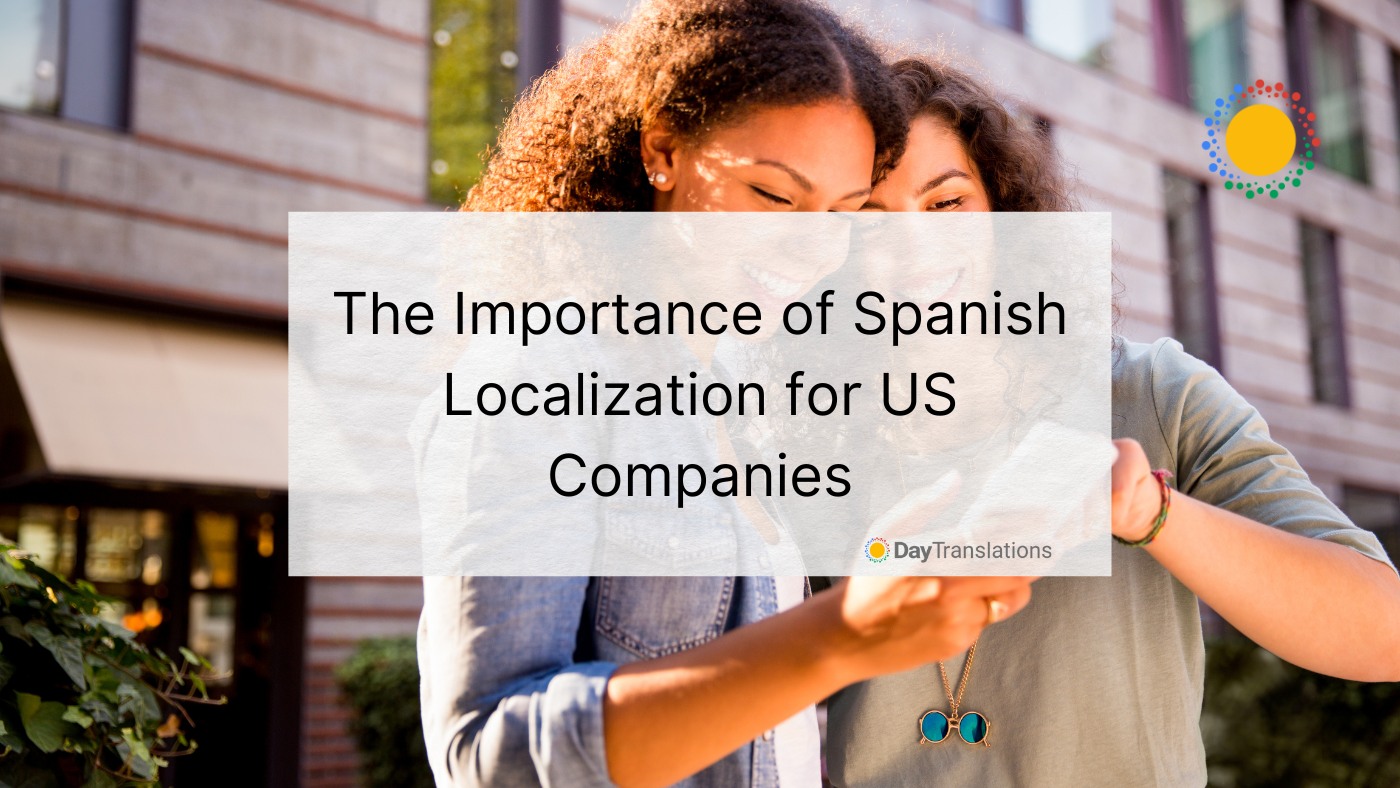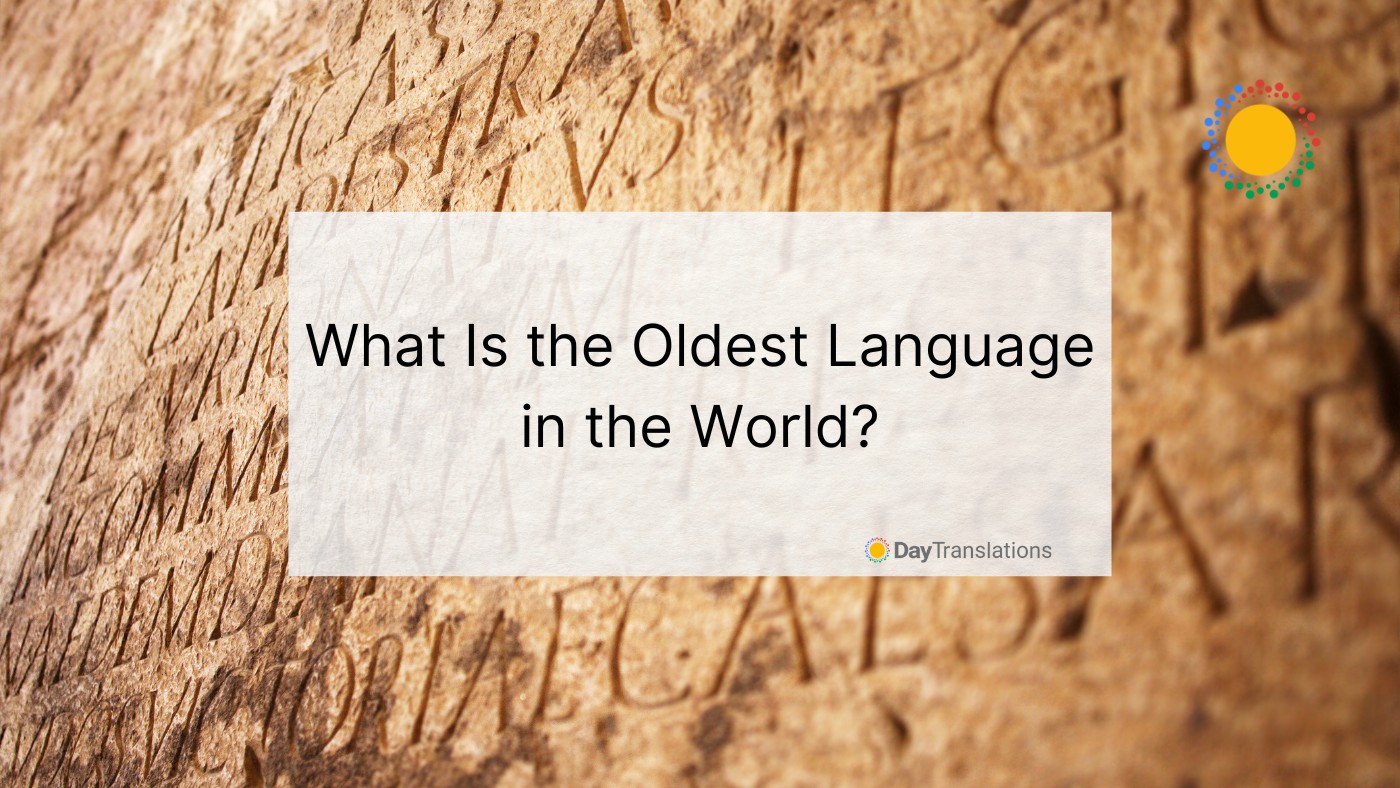Spoken by some 600 million people across the world, Spanish is the mother tongue of more than 500 million people. It’s one of the most widely spoken languages in the world and the official language of about 20 Spanish-speaking countries, the majority of which are in the Americas and the Caribbean. The U.S. alone is home to an estimated 41 million people that speak Spanish as their native language, and it’s this fact that highlights the importance of Spanish localization and Spanish translation for U.S. companies!
In this post, we’ll be taking a look at why Spanish localization and Spanish translation services are so important for American brands. As leaders in the translation industry, we’ll show you how you can partner up with the best language services provider for your unique needs!
A Quick Introduction To The Spanish Language
Castilian is the proper name for the modern Spanish they use in Spain today. But the plain street name in the eyes of non-native Spanish speakers is just Spanish. But there are many different dialects of the Spanish language, including Basque, Catalan, Galician, and Aranese, to name but a few.
The mistake that many U.S. businesses make when looking to tap into the Spanish-speaking market is considering all of these dialects as one in the same language. They are not. At a regional level, all these dialects are languages in their own right. And we treat them as unique sectors when it comes to localization.
Why? Because there are vast differences between them. It’s not as easy as painting the Spanish language with a broad brush when it comes to localizing English content.
Different Types Of Spanish For Spanish Localization
Latin American Spanish’s main characteristic features are voseo and sesio.
Voseo impact the utterance or statement’s grammatical structure. In South America, the pronoun for you (tú) is often replaced with vos, but it doesn’t change the meaning.
Seseo is important for phonetics because the South American pronunciation of the “s” sound is different than the pronunciation they use in traditional Spanish. Traditional pronunciation sounds much more like a “th” sound.
These two examples are just the tip of the iceberg. There are numerous lexical differences between South American and Castilian Spanish, and even if we tried, there would be too many to list in just one post. However, here’s a quick look at the main types of Spanish dialects:
U.S. Spanish
Did you know that the U.S. actually has more Spanish speakers than the country of Spain? The 41 million Spanish speakers in America mainly speak Mexican Spanish due to the large number of Mexican immigrants that moved to the United States over the last two centuries.
European Spanish
European Spanish refers to the kind of Spanish spoken in continental Spain as well as the islands of Spain. Some call it Peninsular Spanish or Spanish of Spain. Under this category, there are a few extra language categories. These include:
- Castilian Spanish
- Andalusian Spanish
- Murcian Spanish
- Canarian Spanish
Latin American Spanish
This is the official language in the majority of South American countries, six Central American republics, Mexico, Cuba, the Dominican Republic, and Puerto Rico. Latin American Spanish, much like European Spanish, is an umbrella term used to cover a wide range of Spanish dialects. These include:
- Caribbean Spanish
- Rioplatense Spanish
By now, you should understand that Catalan and Castilian are not one in the same thing. And with that being said, there’s a significant difference between the Spanish they speak in Spain and the Spanish that’s used by the Hispanic communities in America.
This is why it is imperative to work with experienced language professionals when targeting the Spanish market since each dialect is influenced by a different set of cultural values and language nuances.
Why U.S. Businesses Need Spanish Localization
Any brand looking to expand worldwide, particularly into Spain and South America, needs to invest in Spanish localization services. If you want to reach your Spanish-speaking clients, it’s best to start with Castilian. After that, you can target other Spanish dialects depending on the region they’re focusing on. Here’s how it’ll help your company:
Wider Market Reach
6% of the world’s population speaks Spanish, and that amounts to almost 600 million people. Any company that wants to be successful in the international marketplace must ensure their prospective customers will be able to understand their product or service descriptions. This means you need to break down the language barrier to target Spanish speaking individuals. And localization can ensure that your message is translated with cultural references in mind. Localization should be at the heart of your international marketing strategies.
Customer Familiarity
Spanish translator and interpreters ensure your customers feel your offering caters uniquely to them. Right from the start, and not just as an afterthought. Localization ensures that your message is customized according to the need of your target audience.
Competitive Edge
You need to localize your content, products, and services in order to attract and retain new customers. With the help of Spanish language service providers, your company will be able to better meet the needs of customers by taking their customs and culture into consideration. Consequently, you build trust with your customers and increase revenues through localization.
Localization is the process of adapting your brand’s components to the cultural and linguistic standards of a new target demographic. This applies to everything from your website to your branding and even the kind of products and services you provide.
Helping Your Brand Grow With Spanish Translation Services
Day Translations and Day Interpreting localization services will help you accurately and effectively convey your message among Spanish-speaking areas of the world. We have a full suite of Spanish translation, interpretation, and localization services on offer.
The Spanish language has positioned itself as a cornerstone of international commerce. Any business expanding into Spanish-speaking countries can consider Spanish a vital business language. It’s also an inclusivity act to ensure you keep your Spanish-speaking employees as happy as possible! You might not speak Spanish, but we’ll help you sound like you do.
To learn more about our Spanish localization services, get in touch with our team of experts today! We are ready to help you transcend the language barrier and tap into the global market!














Sorry, the comment form is closed at this time.